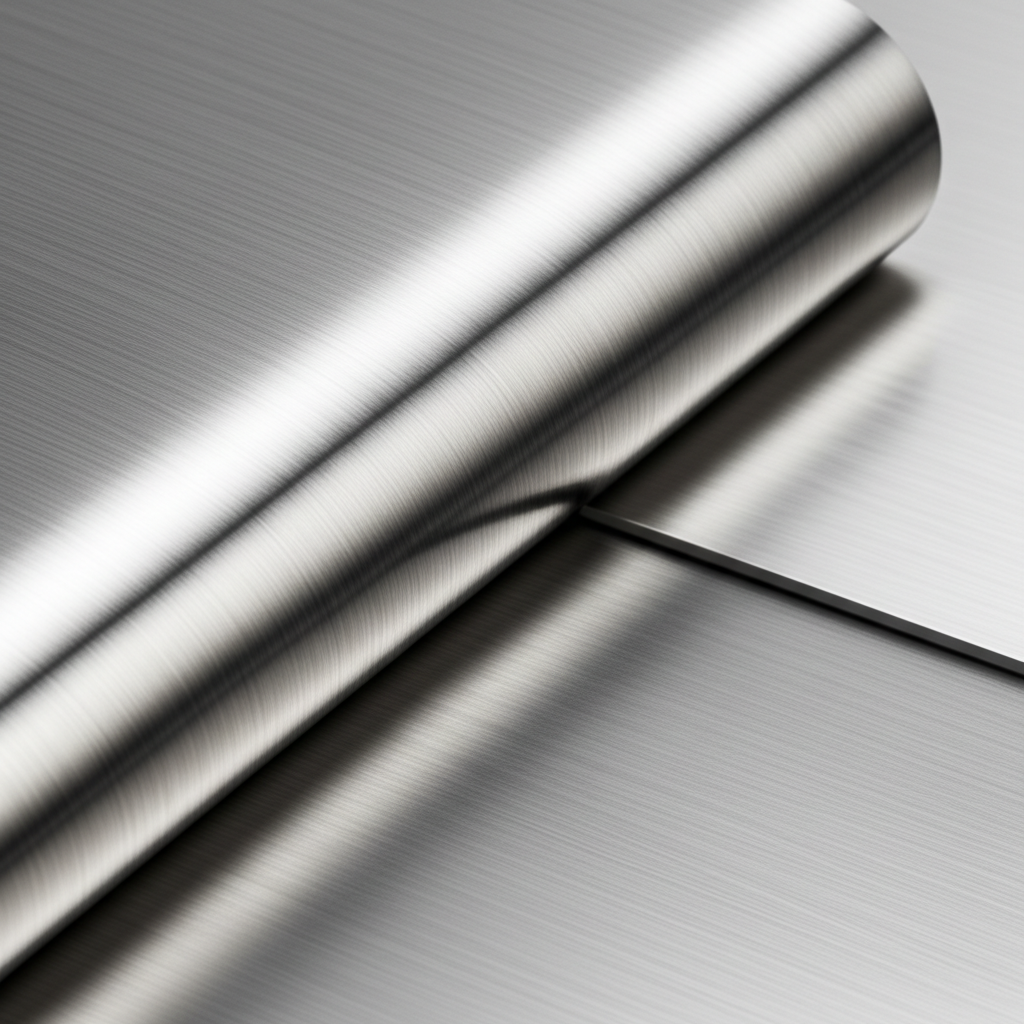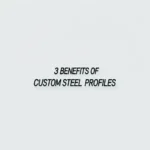When selecting stainless steel for specific applications, the choice between food-grade and industrial-grade variants is critical. While both types share the core properties of corrosion resistance and durability, their differences in composition, performance, and regulatory compliance make them suitable for distinct use cases. This guide explores the key distinctions, technical parameters, and application-specific advantages of each grade.


1. Composition and Standards
The primary difference lies in their chemical makeup and adherence to industry standards:
Food-Grade Stainless Steel (304/316)
- Alloy Composition:
- 304 (AISI 304): 18% chromium, 8% nickel, low carbon (≤0.08%).
- 316 (AISI 316): 16–18% chromium, 10–14% nickel, 2–3% molybdenum (enhances chloride resistance).
- Standards:
- Compliant with FDA 21 CFR (U.S.) and EU Regulation 10/2011 for food contact.
- Certified under NSF/ANSI 51 for commercial food equipment.
- Key Feature: High nickel content ensures non-reactivity with acidic/alkaline foods, preventing metallic leaching.
Industrial-Grade Stainless Steel (304L/430/410)
- Alloy Composition:
- 304L (Low Carbon): Similar to 304 but with ≤0.03% carbon (reduces welding brittleness).
- 430 (Ferritic): 16–18% chromium, 0% nickel, cheaper but prone to rust in humid environments.
- 410 (Martensitic): 11.5–13.5% chromium, 0.15% carbon (harder but less corrosion-resistant).
- Standards:
- Follows ASTM A276 (general industrial use) or AISI 400-series for structural applications.
- Key Feature: Optimized for mechanical strength or cost-efficiency, not chemical inertness.
2. Performance Comparison
| Parameter | Food-Grade (304/316) | Industrial-Grade (304L/430/410) |
|————————|——————————–|————————————-|
| Corrosion Resistance | Superior (especially 316 in saline/acidic environments) | Moderate (430/410 degrade faster) |
| Hardness | 92–96 HRB (softer, easier to sanitize) | 80–95 HRB (410 can reach 30–40 HRC after heat treatment) |
| Thermal Conductivity | 16–17 W/m·K (stable for cooking) | 20–25 W/m·K (better for heat dissipation) |
| Magnetic Properties | Non-magnetic (304/316) | 430/410 are magnetic |
3. Application Scenarios
Food-Grade Stainless Steel
- Primary Uses:
- Commercial kitchens (sinks, countertops, ovens).
- Food processing (dairy tanks, conveyor belts, brewing equipment).
- Medical devices (surgical tools, implants).
- Advantages:
- Non-toxic: No heavy metal migration into food.
- Sanitation: Smooth surfaces prevent bacterial growth (critical for HACCP compliance).
- Durability: Resists pitting from salt, vinegar, and citric acids.
Industrial-Grade Stainless Steel
- Primary Uses:
- Construction (beams, fasteners, roofing).
- Automotive (exhaust systems, trim).
- Chemical processing (pipes, valves).
- Advantages:
- Cost-Effective: 430/410 are 30–50% cheaper than 304/316.
- High Strength: 410’s hardness suits wear-resistant parts.
- Weldability: 304L’s low carbon minimizes carbide precipitation during welding.
4. Critical Considerations
- Regulatory Compliance: Food-grade steel must pass rigorous testing for extractable metals (e.g., nickel, chromium). Industrial-grade lacks these certifications.
- **Environmental Factors
Stainless Steel Selection: Food-Grade vs. Industrial-Grade — This article provides a practical buyer‑focused overview with specifications, selection tips, and on‑site considerations. Explore related topics: blog.
Key Specifications and Standards
- Standards: ASTM / EN / JIS (e.g., ASTM A240/A36, EN 10088/10025, JIS G4304/G3131).
- Surface options: 2B, BA, No.4, HL, mirror; galvanized (electro / hot‑dip).
- Processing: hot‑rolled, cold‑rolled, annealed & pickled, welded or seamless.
- Typical services: slitting, shearing, cut‑to‑length, drilling, beveling, deburring.
- Documentation: MTC, CO, packing list with net/gross weight and heat numbers.
Typical Applications
Construction, machinery, automotive, energy, enclosures and fencing, food equipment (for stainless), and general fabrication. Match grade and finish to corrosion, strength, and appearance requirements.
Selection Guide
- Use certified material with Mill Test Certificate (MTC).
- Confirm standards (ASTM/EN/JIS) and tolerances per drawing.
- Match surface finish to application (2B/BA/No.4/galvanized).
- Specify dimensions and acceptable deviation upfront.
- Plan packaging and corrosion protection for transit.
Processing, Packaging and Logistics
We adopt edge protection, waterproof wrapping, rust‑inhibiting paper, fumigated pallets, and strapping suitable for sea freight. Loading photos and weight lists are provided for each shipment.
FAQs
Q: What lead time can I expect?
A: Typically 7–15 days ex‑works for standard sizes; custom processing may extend the schedule.
Q: Can you provide cut‑to‑size service?
A: Yes. We slit, shear, cut, drill, bevel and deburr to drawing to reduce waste and speed installation.
Q: How do you ensure quality?
A: Incoming inspection, process control, and final inspection with traceable heat numbers; third‑party inspection is available.
Q: Do you support small trial orders?
A: We support pilot quantities with consolidated shipping to control cost.
All values are typical and for guidance only; confirm with the datasheet and purchase order before production.
Related products: view details.
Related products: view details.





